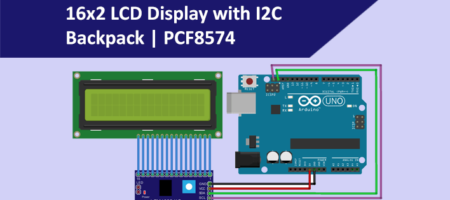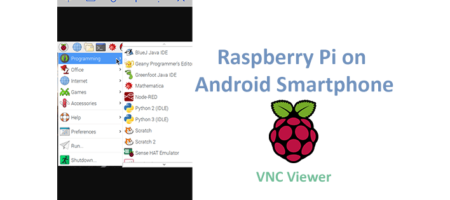Launching Open Hardware Satellites CubeSat
Created almost twenty years ago the CubeSat standard has lowered the barrier to entry to the point where you can put your own satellite into orbit for not much more than the price of a high end car.
The 10 cm × 10 cm × 10 cm cubes have become so common that you can buy most of the structural and flight components of your satellite straight off the shelf.
But what if you don’t want to build something with off the shelf parts?

The top end of UPSat. (????: SatNogs)
The UPSat cubesat was constructed by the Libre Space Foundation, and aspired to the first completely open source satellite ever launched.
The team behind the 2U cubesat, the first ever built in Greece, tried to keep the amount of off the shelf parts to the absolute minimum, with all of the critical subsystems of the satellite being designed from scratch using open software and open hardware.

UPSat during final assembly. (????: Libre Space Foundation)
All the software, hardware designs for the satellite can be found on GitHub.
The satellite forms part of the QB50 international research mission, a network of 36 2U and 3U cubesats to be deployed in Low Earth Orbit to form part of a distributed constellation of sensors investigating the upper layers of the atmosphere, and the mid-lower thermosphere, located between 200 and 400 km altitude—a relatively unexplored part of Earth’s atmosphere.
The first 28 cubesats of the QB50 mission were launched to the International Space Station aboard the Orbital ATK OA-7 Cygnus cargo craft back in April, a further 8 cubesats will be launched onboard an Indian PSLV rocket into Sun-synchronous orbit later in the year.
After arriving onboard the ISS the UPSat was was loaded by the astronauts into the NanoRacks CubeSat Deployer. The deployer uses the Japanese Kibo module’s airlock to move cubesats outside the station and deploy them into orbit.

Taken by astronaut Peggy Whitson from inside the ISS cupola module, the NanoRacks deployer is visible as the cubesats from the Orbital ATK launch in April are deployed into Low Earth Orbit (????: NASA)
UPSat was deployed from the NanoRack launcher on the ISS at 08:25 UTC on the morning of May 18th. It was one of 17 satellites deployed as part of the first airlock cycle, 11 of those forming part of QB50.
Astronaut Thomas Pesquet onbaord the International Space Station talking about QB50. (????: NanoRacks)
UPSat will be using SatNOGS network of ground stations for tracking and command and control operations. The SatNOGS project is network of open source satellite ground-stations, and was the winner of the Hackaday Prizeback in 2014.

A SatNOGS ground-station on show at Maker Faire New York back in 2015. (????: Alasdair Allan)
The project hosts extensive instructions on how to put together your own station and get it connected to the SatNOGS network. So long as you have access to a 3D printer, you can now put together your own satellite ground station for between $300 and $400.
The default configuration supports both VHF and UHF bands for reception. However the ground station is extendable both for transmission — so long as you have the appropriate amateur radio license — as well as to other satellite bands.
Increasingly open source software and hardware are making a real impact on the democratisation of space, and Jeff Bezos’ statement that “there’s not that much interesting about CubeSats” may well turn out to be the twenty first century’s “nobody needs more than 640kb.”
Source: Launching Open Hardware Satellites by Alasdair Allan













Leave a Reply
You must be logged in to post a comment.